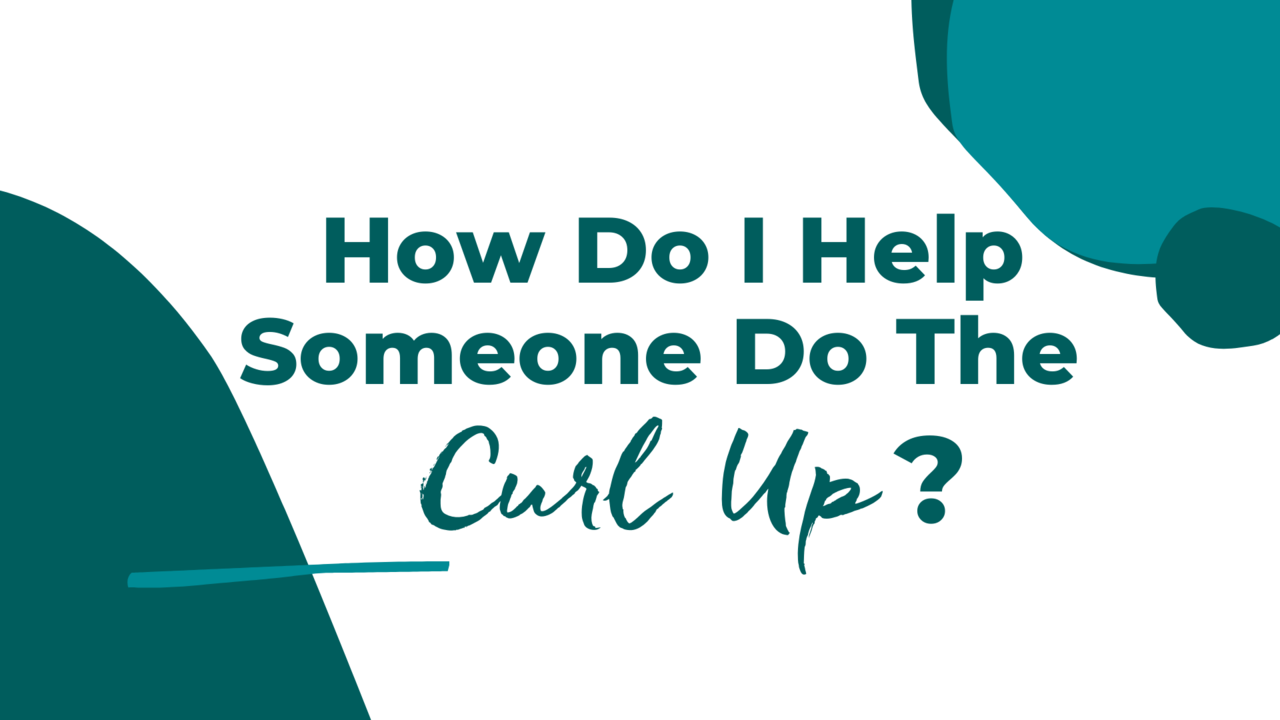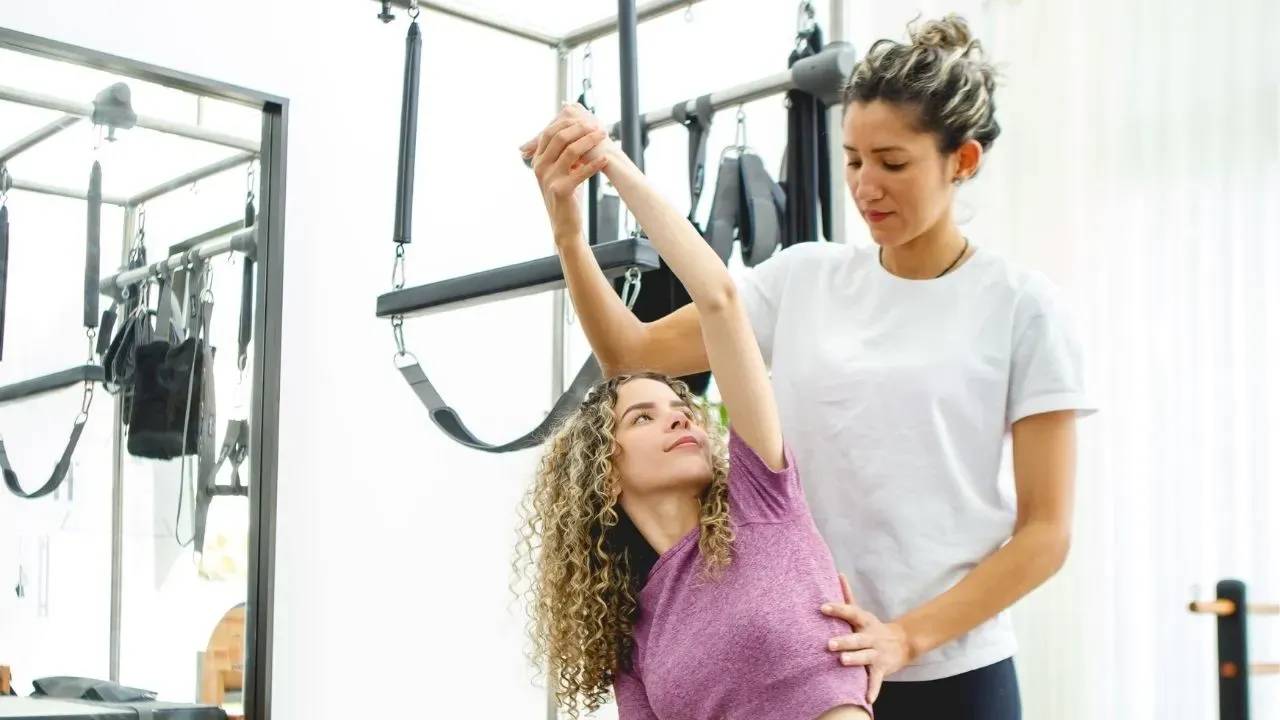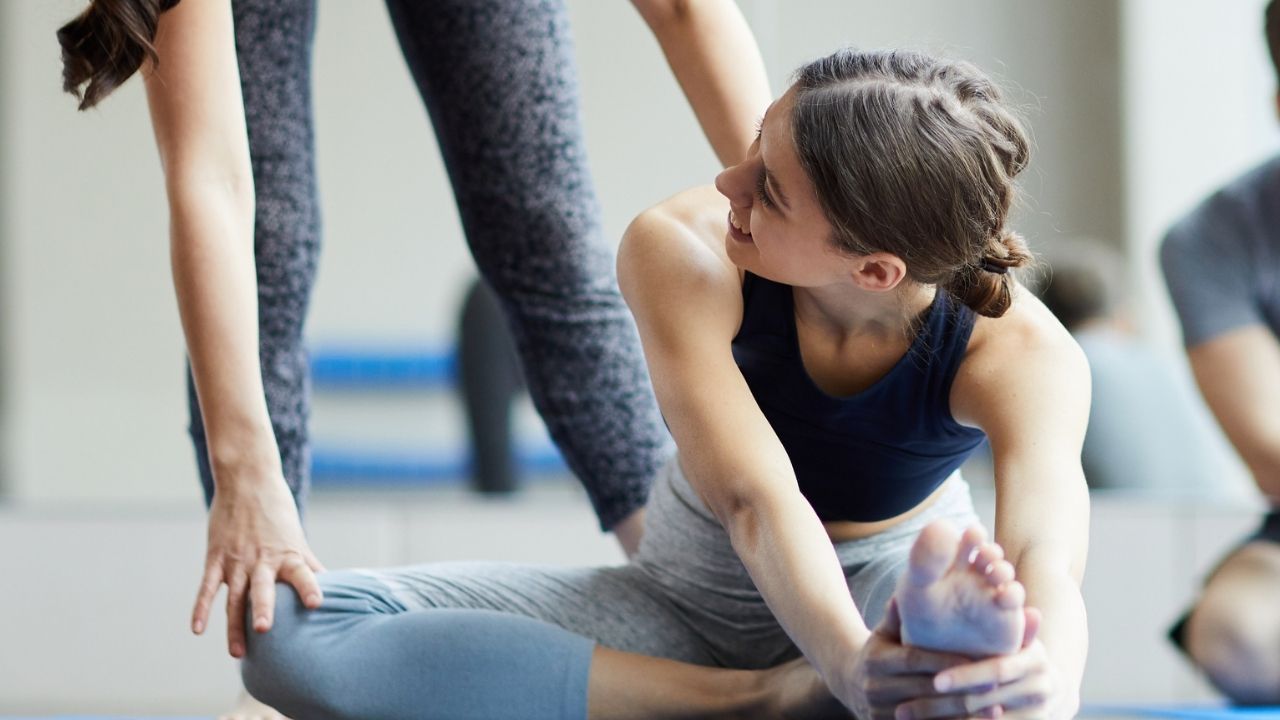How Do I Help Someone Do The Curl Up?
Dec 04, 2020
Women who've had C-sections are often not told by their doctor to rehabilitate their abdominals, which is unfortunate because they really need to. Here's a question that I received in one of my recent Live Q&A Calls and my answer:
Can you please talk about how to help someone do the Curl Up? I have many clients who just can't seem to do it, no matter how long we have been practicing and using different aids. One of my clients has had 4 C-sections - the last one being 25 years ago. However, she never did any exercises to assist with strengthening core until now.
The Chest Lift (also known as Curl Up) is a really, really hard exercise for me as well. I think it's underestimated. We think of it as a basic or foundational exercise, and teacher training programs often label it that way. And it's true that it's a preparation. It singles out a small movement to which you can add lower body movement later (think Single Leg Stretch or the Hundred for example). So the Chest Lift is simpler, but it's in no way physically easy to do.
You mentioned that your client has had four C-sections and I just want you to be aware that that compromised the abdominal wall significantly. Basically, a C-section is an abdominal surgery. We think of it as just part of childbirth, but it's not. It's an abdominal surgery. Whenever you cut into the abdominal wall, you lose integrity of the abdominal wall.
It's quite interesting to me sometimes that we don't learn all of the details about our students until we've worked with them for a while. Asking the person if they've had any surgeries should really be one of the first questions that we ask a new student. Abdominal surgeries, hysterectomies, and mastectomies for example can all affect a person's movement.
Whenever you cut into the abdominal wall, there is trauma and healing that needs to take place and the fibers of the abdominal muscles cannot connect as well anymore. The muscle tissue may heal, but you might also cut through nerves, and reconnecting nerves is hard.
Anybody who has an affinity for new mothers and who wants to support them should consider creating a product or a course for them. (Maybe from home right now- Let's go virtual!) Supporting women when they really, really need it would be extremely helpful for them. They're not going to make it to a studio. Even if the kids are older, getting a babysitter is challenging and expensive. These women wait until the kids are out of the house until they even think about bringing the focus back to themselves. But in the meantime, there is a lot of compensation happening, in some cases for 25 years. The longer they wait, the harder it is to recover and bring full function back. Not impossible, but it will take a lot of work. It would have been so much easier 20 years ago instead of 25 years after the C sections, but you and I know that we can't fix that. That's not going to help your client. When you're talking to the women amongst your friends and family who are having babies, let them know how important it is to work on their abdominal wall postpartum.
Do you know any gynecologists or other professionals in that field? Ask them to tell their patients how important it is. Share what you experience in your work with these people because gynecologists or doctors see the mothers right at the birth and shortly after, but they don't see the long-term effect of that C-section. If we educate them and share with them how things look down the road, then they can tell their patients. If a mother is told by their doctor that she needs to rebuild her core, she might take it more seriously.
Okay, back to the Curl Up question- Why can't your client do it? It boils down to either a lack of strength in the abdominal wall, or a lack of spine mobility.
Here are some things to try:
Tip #1: Elevate the head or the upper back
Your student can place her head on a ball or wedge and focus on lifting up the rest of the way. I personally love using the spine corrector for any abdominal work because, instead of just elevating the head, this will elevate their shoulder girdle and upper thoracic area. This allows the neck to be more comfortable. Also, this position helps to form a strong rib-to-hip connection.
Tip #2: Allow a pelvic tilt/tuck
The Chest Lift is basically isolated thoracic flexion. You might have noticed that when you do the chest lift with beginners, they always do a pelvic tuck (posterior tilt) as they come up. This is caused by the activation of the rectus abdominus, which is responsible for flexing the spine. If you keep the lumbar spine neutral and only flex from the thoracic spine, it's much more difficult for the muscle.
I generally prefer to do the Chest Lift with a neutral lumbar spine. But again, it depends on the person. If they are weak, it's okay to allow the posterior tilt. When they are stronger, you can progress by keeping the pelvis stable in neutral.
Tip #3: Do a Half Roll Down with Bent Legs
If the neck is still uncomfortable, try this: Sit with your knees bent and reach your arms forward or hold the backs of your thighs. Ask your student to roll back only as far as she can control it with her abdominals, then come back up. If her feet start to lift or she's about to fall back, then she's gone too far. Start at the top so gravity is on your side. Starting at the bottom means she'll have to fight gravity as she comes up which is way harder.
Inside the membership, you'll find suggested exercises to help someone do the curl up, especially those women who have had a C-section.
To hear the rest of my answer and to see me gesturing, giggling, and emoting, check out the Q&A Call Replays. They're all available as part of the membership.
Do you have a burning Pilates question? Register for my upcoming live Q&A call and submit your question. Attending live is free and open to anyone.










